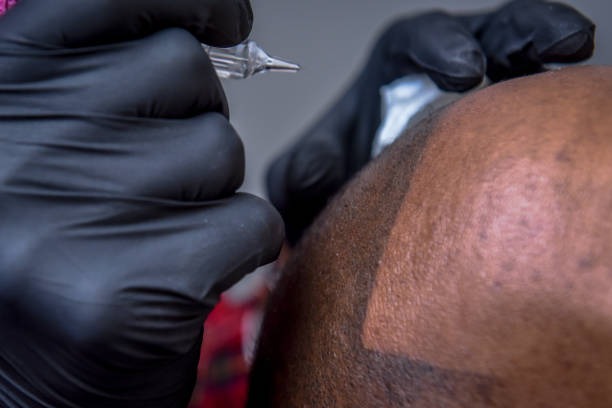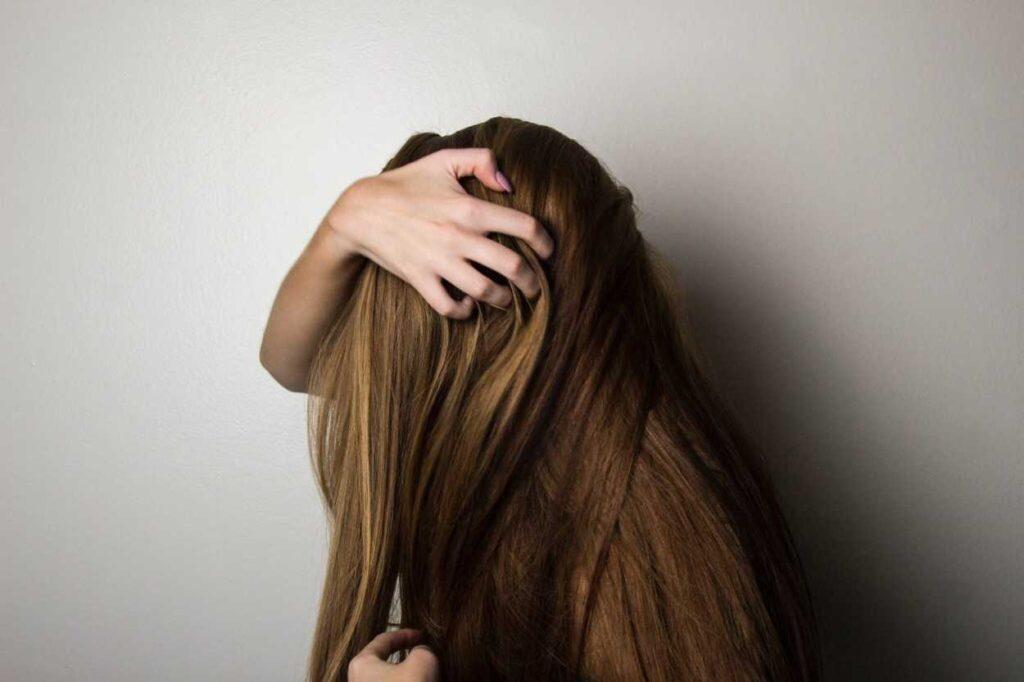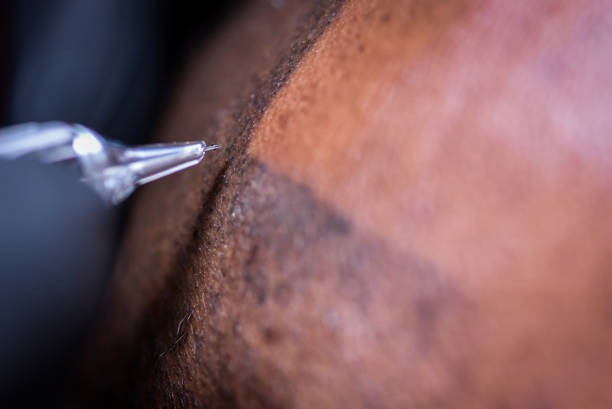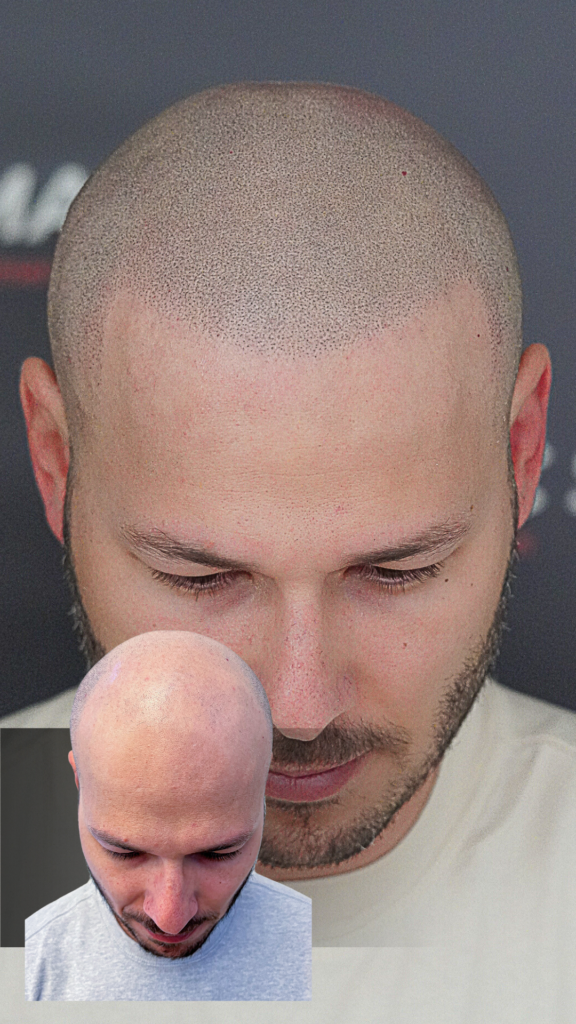Hair Loss can be alarming and cause a lot of shame and trauma to people who suffer it. As a result, many people with hair loss conditions try to find solutions to their problems. Ranging from surgery to using different beauty and medicinal creams and soaps etc.
While medication cannot reverse most hair loss problems, some procedures can improve your appearance. An example is using tricopigmentation to treat hair loss. This quick temporary micropigmentation procedure gives an illusion of fuller hair. A similar procedure is micro scalp pigmentation, but they have several differences.
In this article, we’ve mainly covered everything you need about tricopigmentation.
Key Takeaway
Tricopigmentation is a temporary micropigmentation procedure that gives the illusion of fuller hair. This is done by injecting pigments into the scalp to imitate the regular hair dots on your head. It is best for alopecia and covering up head scars from transplants or accidents. Simultaneously, it can serve as a test for a new hairline before you get a permanent micropigmentation.
Also, this procedure is not medical, but you should consult your doctor before getting one, especially if you’ve been battling skin conditions.
What Is Tricopigmentation?

image source: istock photos
Tricopigmentation is a nonsurgical procedure coined from regular SMP (scalp micro pigmentation) to solve hair loss temporarily. In tricopigmentation, the session aims to imitate your hairline. The specialist does this to disguise your hair loss condition and make it look like it’s not there.
Unlike some other similar procedures, there is no specific skin type best for using tricopigmentation to treat hair loss. Unless, however, you have particular skin conditions. Then, you will need to consult your dermatologist before going ahead with the process.
During the procedure, tiny dots are tattooed on your head microscopically to look like normal hair follicles. For a very long time, this nonsurgical procedure has been known to save a lot of people who suffer embarrassing moments because of their hair fall.
Like every other cosmetic surgery and its risks, tricopigmentation is not left out. Therefore, before you proceed with the procedure, you should consult with professionals.
Professionals, in this case, include your dermatologist, neurosurgeon, and anyone else you need to see to approve the session.
During this procedure, the technician uses equipment directly on the scalp to deposit tiny pigments on your upper dermis. This pigment is not toxic; your body can process it and bring it out as waste much later.
When is Tricopigmentation Applicable?
After establishing that tricopigmentation is an exemplary process for people who suffer from hair loss, it is possible everyone with hair loss will want to try it out. Nevertheless, you must know that only some hair loss conditions need this Micropigmentation procedure.
The best times for a tricopigmentation are:
Alopecia Condition
Although alopecia areata is a hair loss condition without possible treatment, this procedure hides the symptoms. There are cases of alopecia that can be treated and reversed, but it is a very unpredictable condition. So, in this case, you can get a tricopigmentation to save embarrassment.
Hairline Restructuring
For aging men or men in general, baldness and receding hairlines are not a thing of surprise. However, many men seem affected by how they look after balding. The tricopigmentation process aims at building a much-preferred hairline. This procedure can reduce hair loss and aid your hair in finding a pattern to grow in.
Scar Camouflage
After transplant surgery, many people have had after-surgery effects like scars on their heads that block and kill hair follicles, so hair doesn’t grow. If your tricopigmentation technician is good at what they do, you can cover up every scar from the hair transplant.
Differences Between Scalp Micropigmentation and Tricopigmentation
As you may have already deduced, tricopigmentation is similar to the regular scalp micropigmentation procedure. However, there are some differences between both, but micropigmentation remains the parent procedure.
Below are some notable differences between scalp micropigmentation and tricopigmentation.
Removability
One notable difference between using micropigmentation and tricopigmentation to treat hair loss is that you can easily remove micropigmentation. But, assuming your technician doesn’t do the tricopigmentation job to your liking, you’ll have to wait until it fades off.
Because of the feature that lets it wear off after a few months, it is no good trying to remove it forcefully. But, for micropigmentation, a laser can fix the problem by removing the pigments.
Cost
The cost difference between these two procedures is quite tricky. You will have to weigh the pros and cons before you can get the actual cost difference.
Duration
The significant difference between tricopigmentation and SMP is how long they last. Tricopigmentation is known widely as the best option for temporary scalp micropigmentation. The highest it goes before beginning to fade is around 6 months to a year.
You will be suitable if you refer to a tricopigmentation as a test run to try out your new look before getting it done permanently.
Conclusion
To sum it all up, using tricopigmentation to treat hair loss is your go-to option if you doubt whether or not you should go for micropigmentation. Because it is temporary, it will only take a few months to fade so you can make a final decision. In addition, tricopigmentation treatment can be done more than once. So, if it fades off, you can always get a redo. Not sure how to get started? Talk to a professional now and get a free quote.
Did you enjoy this article? Your thoughts would be highly appreciated on this piece. Please leave your comments below.






